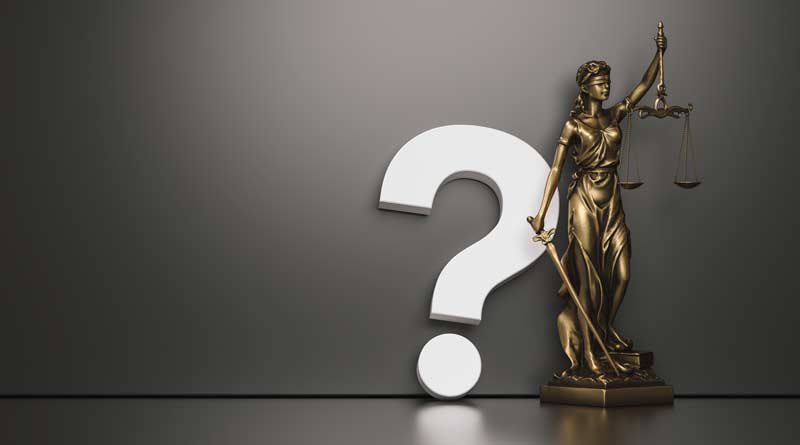The Evolution of Rent Control in California
The history of rent control in California is a complex and contentious saga, reflecting broader national debates over housing policy, economic rights, and the balance between state intervention and market freedom. This article outlines the key developments, legislation, and controversies surrounding rent control in the state, with references to authoritative sources for further exploration.
Early Beginnings and Proposition 13
Rent control in California can trace its roots back to the 1970s, but the modern framework was significantly influenced by the passage of Proposition 13 in 1978. Proposition 13 dramatically changed the state’s property tax system, capping property taxes at 1% of the assessed value at the time of purchase and limiting annual assessment increases. While primarily aimed at reducing property taxes, Proposition 13 indirectly influenced the rental market by stabilizing property owners’ expenses, setting the stage for debates on how rent increases should be managed in the context of stabilized property taxes.
The Rise of Local Ordinances
In response to rapidly increasing rents and a shortage of affordable housing, several California cities began adopting local rent control ordinances in the late 1970s and early 1980s. Cities like Santa Monica, Berkeley, and San Francisco implemented policies to limit rent increases and provide eviction protections, aiming to preserve affordable housing and protect tenants from sudden rent hikes and unjust evictions.
The Costa-Hawkins Rental Housing Act (1995)
The patchwork of local rent control ordinances led to the enactment of the Costa-Hawkins Rental Housing Act in 1995, a pivotal state law that significantly restricted the scope of rent control in California. Costa-Hawkins exempted certain types of housing from rent control, including single-family homes and condominiums, and newly constructed units completed after February 1995. Additionally, it established “vacancy decontrol,” allowing landlords to reset rents to market rates once a tenant vacated a unit. This act represented a compromise between tenant advocates and the real estate industry, aiming to encourage new construction while still providing some level of protection for tenants.
The Tenant Protection Act of 2019
In the face of rising housing costs and a deepening housing crisis, California passed the Tenant Protection Act of 2019 (Assembly Bill 1482), implementing statewide rent control for the first time. This landmark legislation limited annual rent increases to 5% plus inflation, with a cap of 10%, and introduced “just cause” eviction protections for tenants in place for more than one year. The act marked a significant expansion of tenant protections and aimed to address the state’s affordability crisis by preventing excessive rent increases and unjust evictions.
Ongoing Debates and Proposition 21
The debate over rent control in California continues, with recent efforts to further expand rent control measures facing mixed outcomes. Proposition 21, a ballot initiative in the 2020 election, sought to allow local governments to implement more stringent rent control policies by modifying the Costa-Hawkins Act. However, voters rejected Proposition 21, highlighting the ongoing divisions over how best to address housing affordability and the role of rent control in the state’s housing policy.
Conclusion
The history of rent control in California reflects the state’s ongoing struggle to balance the needs of tenants for affordable, stable housing with the interests of property owners and the goal of encouraging new housing development. As California continues to grapple with a housing affordability crisis, the evolution of rent control policies remains a critical aspect of the state’s broader housing strategy. For those interested in a deeper dive into the history and implications of rent control in California, sources such as the California Legislative Analyst’s Office, the California Department of Housing and Community Development, and scholarly articles provide valuable insights and analysis.
Editor’s Note: The specific references mentioned in this overview are intended for guidance and further reading. For direct citations, please consult the original texts and legislative documents related to California’s rent control policies.









